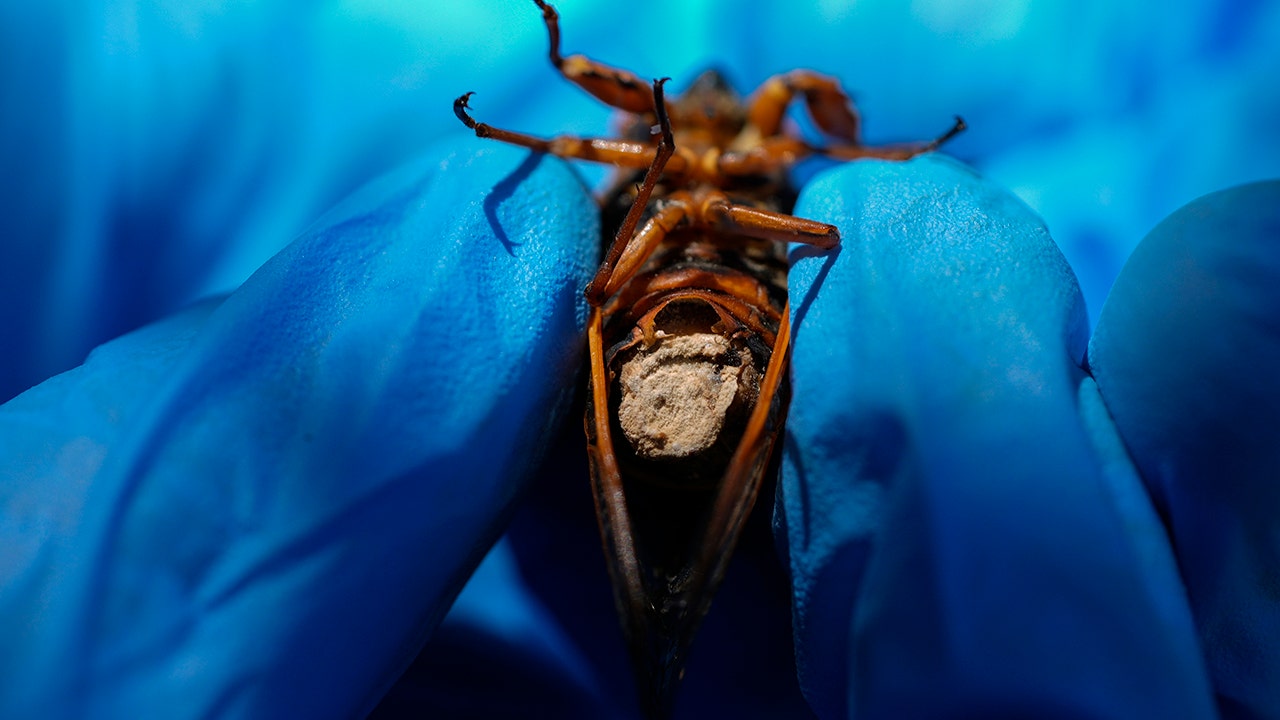Handle Moisture Sensitivity in Flex Circuit Manufacturers
Moisture sensitivity in flex circuits is a significant issue for the longevity of the design and assembly process. This can be due to moisture in the operating environment, storage environment or handling on the factory floor. For these reasons, it is important to protect the base materials of a flex circuit from moisture uptake by applying industry specific standards in manufacturing, storage and assembly. Moisture uptake on the base material itself can damage the conductors, and the use of moisture-sensitive components like ICs or Ball Grid Array (BGA) packages may also contribute to failure.
The first step in protecting the base materials of a flex circuit is to ensure that all bare and finished PCBs are shipped with adequate protection, as well as properly labeled. This will help to identify which PCBs have a high level of moisture sensitivity that requires special handling and storage procedures.
PCBs should be stored in a dry and temperature-controlled environment, such as a desiccant bag or air-locked container to prevent moisture uptake. Using a preservative in the shipping box is also recommended to further extend shelf life. The temperature of the reflow process should also be controlled to avoid excessive heat exposure. This will ensure that the reflow temperature does not exceed the rated maximum operating temperature of the ICs or other devices.
When a flex circuit is in final assembly, it should be transported on a pad carrier with a protective covering. This will reduce the risk of damage caused by mechanical impact or static electricity that can be generated in a busy production facility. Additionally, the flex circuit should be protected by a layer of conductive foil to minimize electromagnetic interference and meet reference plane criteria for a controlled impedance design.

How to Handle Moisture Sensitivity in Flex Circuit Manufacturers
In addition to a proper base material selection, the assembly of a flex circuit manufacturer must be carefully performed. Using pressure-sensitive adhesives (PSA) to assemble flex circuits will maximize the bond strength while minimizing the risk of moisture uptake and premature failure. To reduce the risk of voiding and other defects, the PSA must be applied to the full surface of the flex circuit.
Conductors on a flex circuit should be routed perpendicular to the overall bend radius to eliminate stress points that can break trace copper. Using wide to narrow traces with a gradual tapering will further minimize stress points and voiding. Conductors should be spaced far enough apart to allow adequate clearance for the drill-to-copper distance. Drill-to-copper spacing is a key factor in determining the maximum permissible bend radius.
Adding a moisture specification to the BOM helps to identify high-risk parts that require additional drying and baking steps during production. Including manufacturing details like revision levels and date/lot codes will help to quickly determine which hygroscopic components are at higher risk of moisture absorption. It is also helpful to call out the package type of each component as this will indicate which configurations are more susceptible to moisture penetration. Finally, indicating which parts are conformal coated, potted, or otherwise encapsulated will assist in identifying areas of the board that are at increased risk of moisture uptake.








